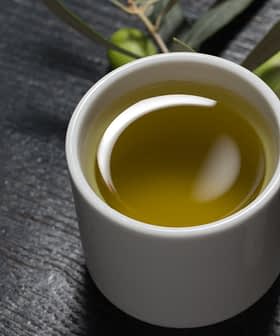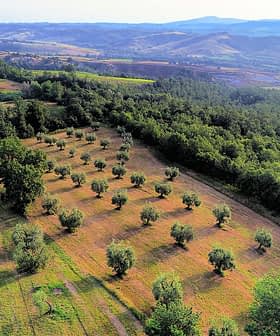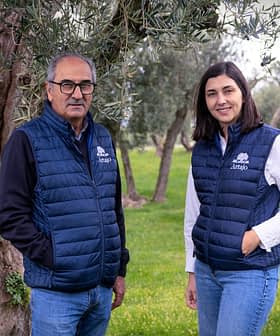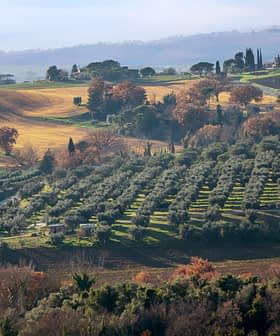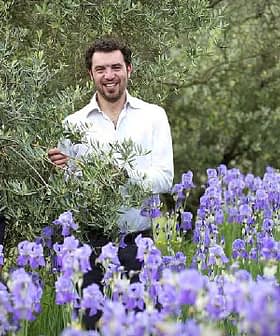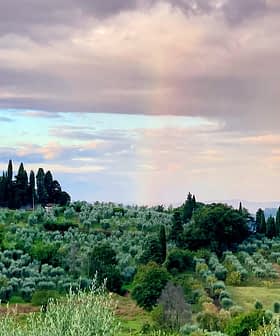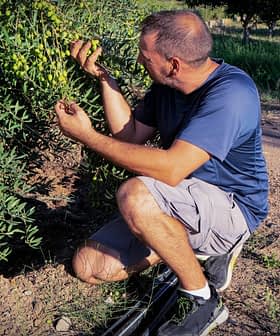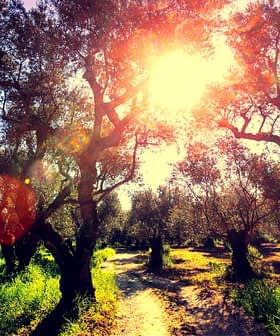Officials Hope Winning Results Spur Olive Production in Herzegovina

Herzegovina is experiencing rapid growth in olive farming, with the number of olive trees increasing by 1,450% in the past 45 years. The region’s olive oils have been gaining recognition, with two producers recently winning awards at the NYIOOC World Olive Oil Competition, indicating the potential for Herzegovinian olive growing to compete with more established olive oil-producing countries.
Olive farming is rapidly developing in Herzegovina, which locals believe is poised to become the next “star” of the olive oil world.
Situated directly east of Croatia, Herzegovina is the southernmost and slightly smaller of the two regions that comprise Bosnia and Herzegovina.
Our two oils that competed and won awards at the competition in New York is an indicator of the great potential of olive growing in Herzegovina.
“We are taking big steps forward,” said Marko Ivanković, director of the Federal Agro-Mediterranean Institute Mostar.
See Also:Celebrating the Fruit of An Ancient Tree in MontenegroThe tradition of olive cultivation in the region is extensive. Olives have been present in this area since ancient times. Evidence of olive oil production can be dated back to Roman remains in Čapljina and Mogorjelo, in southwestern Herzegovina.
Occasionally olives have been planted along with vineyards and in backyards for centuries, but organized cultivation has only recently begun.
From 1977, the number of olive trees in Herzegovina has increased dramatically, rising from 6,000 to the current 87,000, covering 350 hectares. In the past 45 years, the number of olive trees has increased by 1,450-percent, a record level for the European Mediterranean.
The structure of the region’s olive farms is also interesting: there are 10 large ones, including that of Dragan Mikulić, with 7,000 trees on 50 hectares in Ljubuški. In addition to the large ones, more than 200 smaller ones start with a size of 0.3 hectares per farm.
“Most of the new plantations have been built in the last 10 years or so,” said Ivanković.
Along with the rise of planting, olive processing also developed. Slavko Ramljak, the owner of one of the first oil mills, remembers how Herzegovinian olive growers began to learn when to pick and process harvested fruits.
“Initially, they did not know that they had to bring the olives to the oil mill as soon as possible to be processed within 24 hours,” he said. “Today, they properly store olives in boxes, unlike when they were stored in buckets or plastic bags and when they did not separate damaged fruits.”
“They used to collect and drop fruits to have more oil, which reduced its quality. That is no longer happening,” Ramljak added.
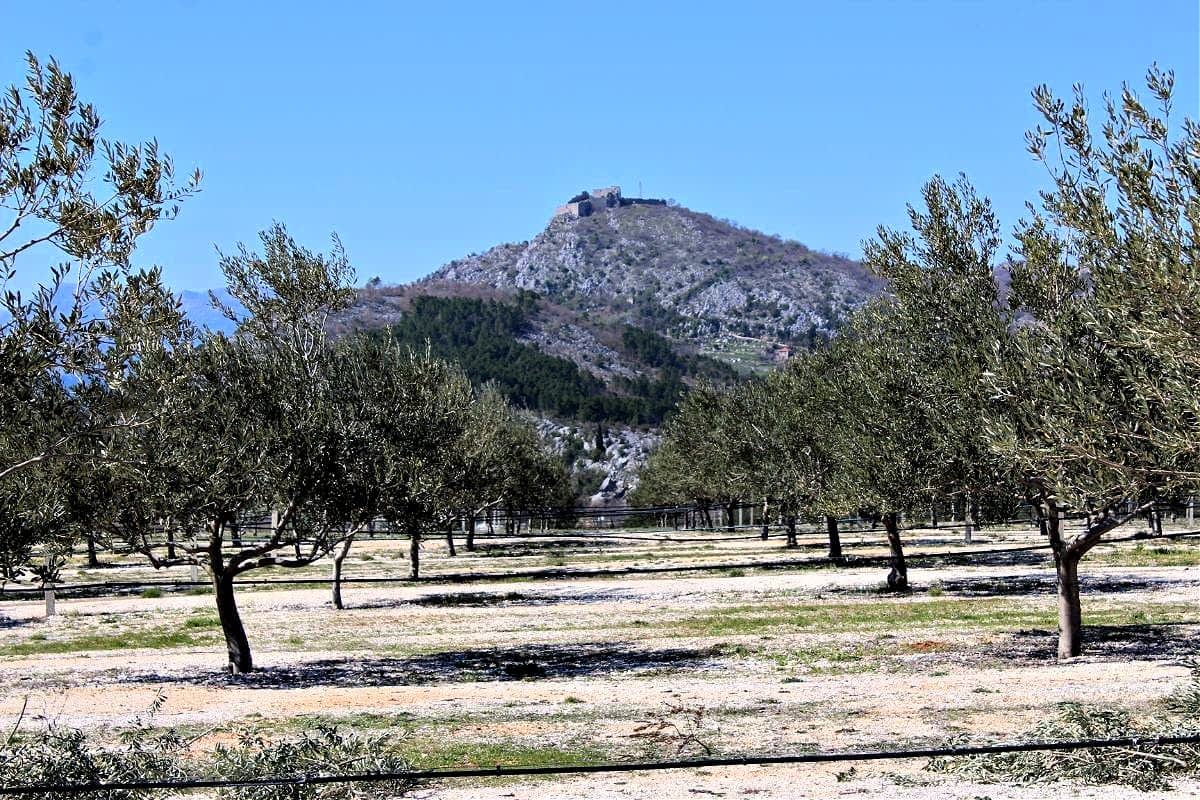
The annual olive oil production in Herzegovina is about 260,000 liters.
Ivanković confirmed Ramljak’s recollections. About 10 years ago, the Federal Agro-Mediterranean Institute Mostar organized the ‘Olive Days 2011’ event. Only 24 samples of olive oil arrived for evaluation.
“Then, and a few years later, there were oils of all classes, from lampante to virgin to extra virgin olive oils,” Ivanković said. “In the meantime, the situation has changed in favor of premium oils. All oils are now in the ‘extra virgin’ class.”
At the 2021 NYIOOC World Olive Oil Competition, Bosnia and Herzegovinian oil was awarded for the fourth consecutive year. However, two producers from the country were awarded for the first time.
The Škegro Family Winery won a Gold Award for its Krš brand, a medium blend of Leccino, Oblica, Pendolino and Cipressino olives. Meanwhile, the Slavko Čula family earned a Silver Award for Mandino, its medium blend of Leccino, Pendolino and Istrian Bjelica olives.
“Our two oils that competed and won awards at the competition in New York is an indicator of the great potential of olive growing in Herzegovina,” Ivanković said.
The Federal Agro-Mediterranean Institute Mostar will encourage other olive growers to participate in future editions of the NYIOOC.
Ivanković claims that Herzegovinian oils do not lag behind Spanish, Italian, Greek or other oils from far more famous olive oil-producing countries in terms of quality.
As part of the European Union project, ARISTOIL, which is dedicated to researching and promoting “high phenolic olive oil,” Herzegovinian oils have been shown to have polyphenol counts as high as any others: as much as 600 milligrams per kilogram.
As part of the project, the researchers analyze the phenolic components in olive oil using an innovative nuclear magnetic resonance technique, liquid chromatography and spectrophotometry, all to scientifically demonstrate the health value of the olive oil.
Herzegovina is located between the Adriatic Sea in the southwestern corner and the high continental mountains of the Western Balkans in the north. Miro Barbarić, an expert associate of the Federal Institute, said the whole region is not entirely suitable for olive growing.
However, he added that the area ofHerzegovina, for the most part, does not exceed an altitude of more than 400 meters. As such, it is suitable for growing olives with its sub-Mediterranean climate.
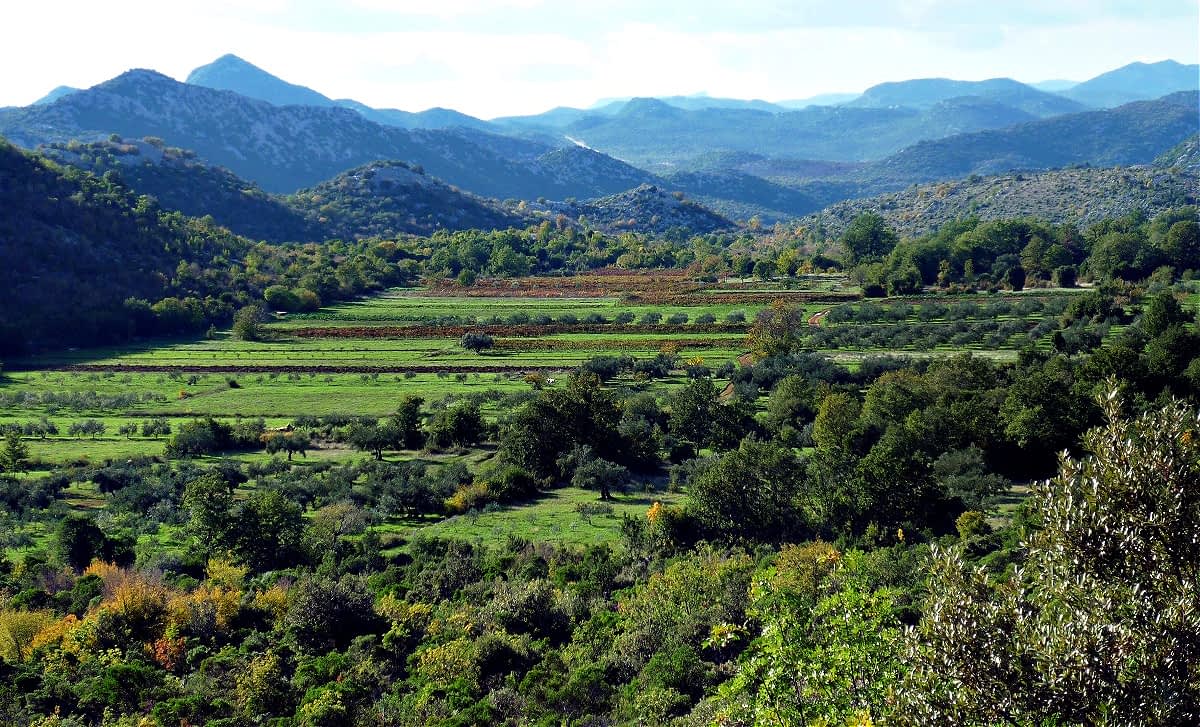
Producers hope to increase the total number of olive groves from 350 to 1,000 hectares.
“According to Köppen’s climate classifications, these localities of macro-regions are in the subtype of climate which is manifested by two characteristics, namely the Mediterranean climate with dry and warm summers, where the average monthly temperature in the coldest month is between 4 ºC and 13 ºC,” he said.
The soil is rocky, rich in minerals, and the most common varieties are Oblica, Leccino, Pendolino and Istarska bjelica. Others such as Frantoio, Buža, Ascolana tenere, Drobnica, Levantinka, Lastovka, Carolea, Coratina and Ciperssino have also been planted.
Ivanković said that he plans to increase the amount of land dedicated to olive cultivation in Herzegovina.
“In the next medium-term period, the goal is to reach 1,000 hectares of olive trees,” he said.
He hopes the expansion of olive growing will promote olive oil consumption, which is now only 0.24 liters per capita.
He added that increasing the production of extra virgin olive oil from the current 260,000 liters to one million liters would eliminate the need for imports, which currently amount to 590,000 liters each year, worth roughly €2 million.
Increasing production may even allow some farmers to expand their exports. Currently, Herzegovina exports about 9,800 liters of olive oil valued at €20,000.
Future research, said Ivanković, will focus on olive oil’s health benefits by promoting it as a functional food according to E.U. legislation 432/2012, which indicates the preventive effect of olive oil on cardiovascular diseases.
To this end, the Herzegovinian Association of Olive Growers (HUUM) was founded last year. Josip-Lola Matić, a prominent olive grower and oil producer from the Broćanac, was named president.


